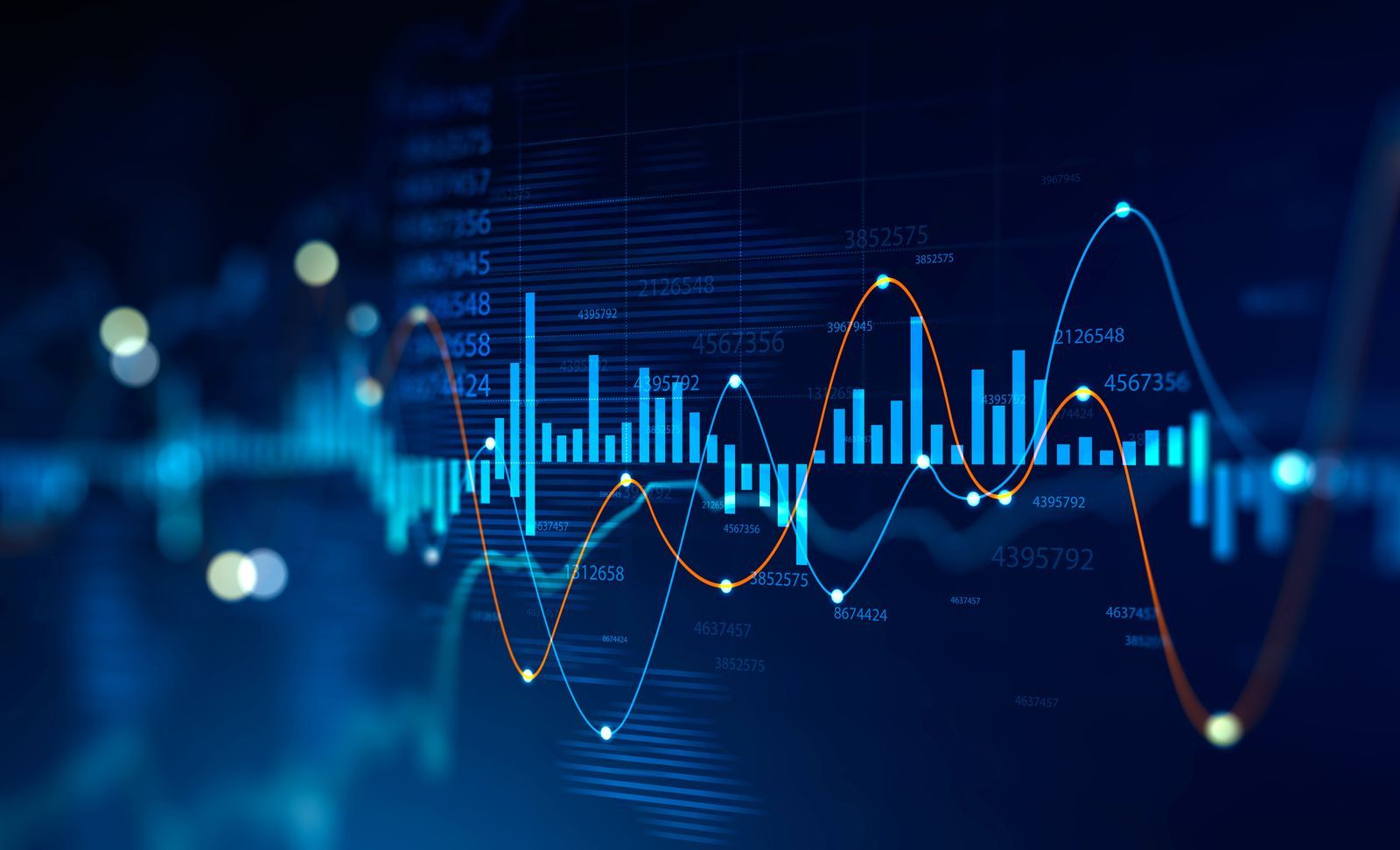Measuring Health and Ageing: From Biology to Economics

Project Summary
Health is central to individual wellbeing, economic productivity, and the sustainability of public institutions. Yet we still lack a concise, interpretable measure of health that captures both its biological and economic dimensions. The major global health challenge we now face is around age-related diseases. This project aims to develop a low-dimensional, data-driven index of health and/or ageing - a tool that distills a wide array of biological, clinical, and socioeconomic data into a small number of meaningful factors that:
- Capture the dynamics of biological ageing and physiological resilience, and
- Reflect an individual's functional economic capacity - their ability to work, perform essential tasks, remain in their chosen occupation, and accumulate resources over the life-course.
In doing so, the project speaks to a set of foundational questions: How do we age? What predicts resilience? What aspects of health are most important to measure - and when? By confronting these questions, the project contributes both to our understanding of intrinsic and extrinsic health and to the development of new metrics of ageing and wellbeing.
Such a measure would serve as a common framework for clinicians, economists, and policymakers to evaluate the impact of health interventions - not just in terms of added life-years or symptom relief (as in QALYs/DALYs), but in terms of people’s real-world capacity to function, earn, and participate in society.
Why it matters
- Enables more realistic macroeconomic models of longevity, ageing, and fiscal sustainability.
- Identifies the most impactful stages in the life-course for health or skills interventions.
- Provides a shared outcome metric to evaluate new therapeutics, workplace policies, and social programs across disciplines.
- Advances the ability to value health technologies based on their contribution to both healthspan and economic agency.
- Provides policymakers with a narrative-shaping, decision-relevant metric that links health to economic capability - informing key decisions around pension design, prevention incentives, healthcare system resource allocation, and health R&D priorities, while supporting investment in interventions that extend not just life, but functional and productive years.
Why EIT is the place
EIT provides secure, linked access to electronic health records, multiomics panels, tax and pension histories - exactly the scope needed to fuse “health” and “wealth”. On‑site GPU/CPU clusters and close collaboration with EIT AI and Data‑science team supports deep learning approaches or large model training while clinical groups enable feedback on clinical/biomarker features of the index.
Potential Supervisors
- Supervisors are to be confirmed
Skills Recommended
- Strong quantitative background (econometrics, statistics or applied maths)
- Programming proficiency (Python/R)
- Familiarity with analysis of large administrative and/or biomedical datasets
- Enthusiasm for interdisciplinary collaboration
Skills to be Developed
- High‑dimensional factor modelling and representation learning
- Causal inference with linked administrative micro‑data
- Cloud computing and secure data‑engineering workflows
- Translation of scientific findings into policy‑relevant welfare frameworks
- Cross‑disciplinary communication with clinicians, biologists and data scientists
University DPhil Courses




